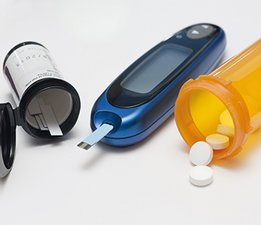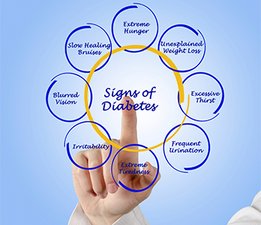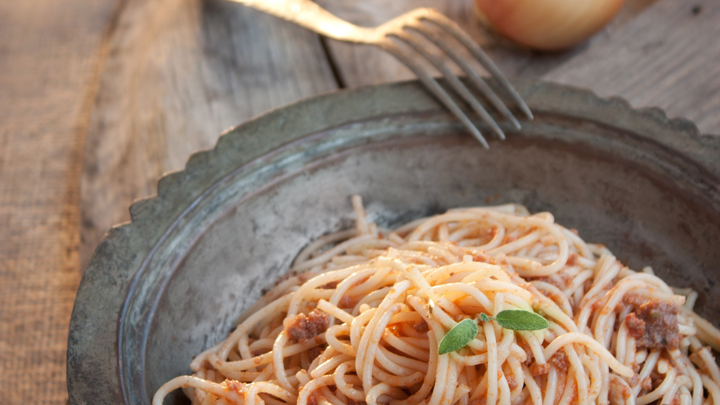As a diabetes patient on dialysis your diet can still be filled with delicious, nutritious foods.
Diabetes
Diabetes refers to a group of metabolic diseases where a person has high blood sugar – or glucose. This happens when the pancreas doesn’t produce enough insulin, or when the cells of the body no longer respond as they should to the insulin produced.
Insulin is a hormone produced by the body and responsible for regulating blood sugar levels. In diabetes the body is not able to regulate these levels and so glucose builds up in the bloodstream.
As insulin is a protein it would be broken down during digestion if taken in pill form, therefore diabetic patients take it as a subcutaneous injection.
Different types
Development of the disease / Risk factors
As you can see insulin plays a key role in diabetes. It is needed to convert sugar, starch and other food into the energy our cells need to work. When this no longer happens the cells don’t get the energy they need and sugar accumulates in the blood, which is damaging to our health. Although this damage is not immediate, there is the risk of long-term complications that tend to develop after around 10-20 years.
The long term damage caused by having high blood sugar for long periods of time can affect the eyes (causing visual impairment and blindness), the nerves (numbness in feet, legs and arms), the heart (atherosclerosis and related diseases), and the kidneys.
In the kidneys, high blood sugar levels can cause tissue scarring and the kidneys may eventually stop working. Diabetes is actually the most common cause of kidney failure and around one in five people on dialysis have diabetic kidney disease, (also called diabetic nephropathy).





